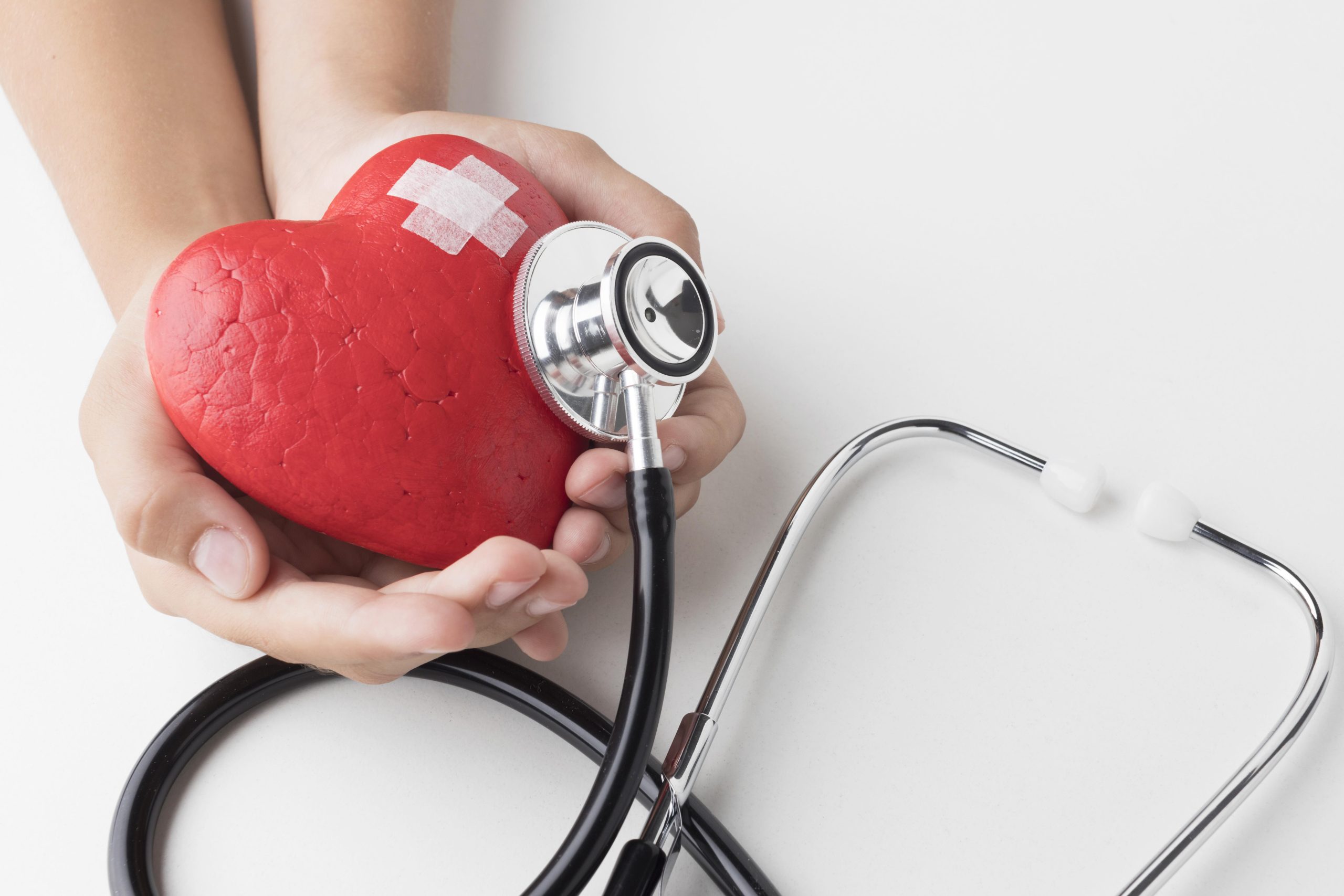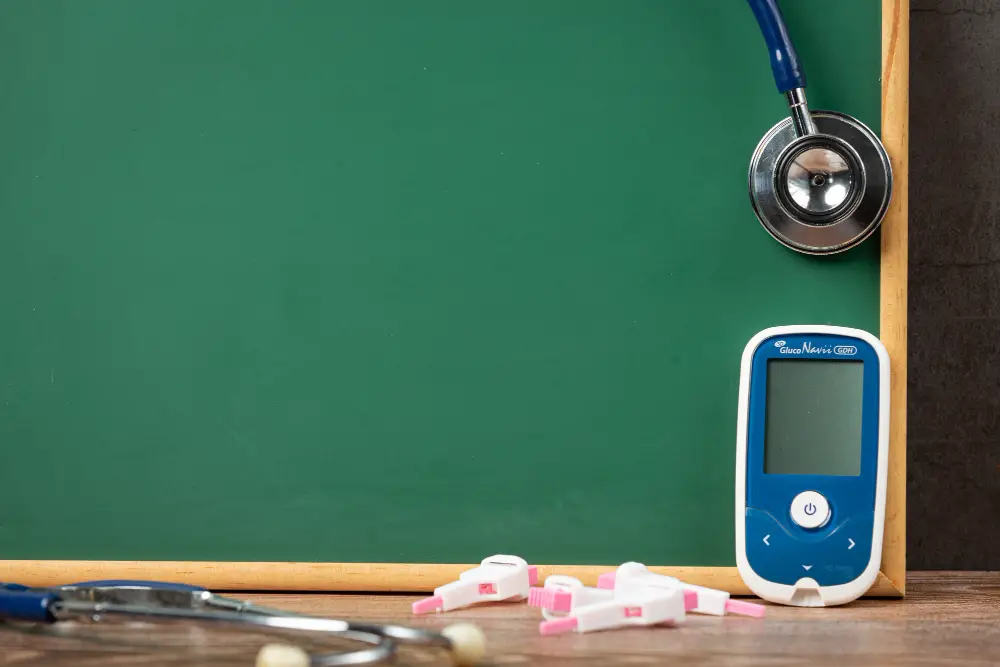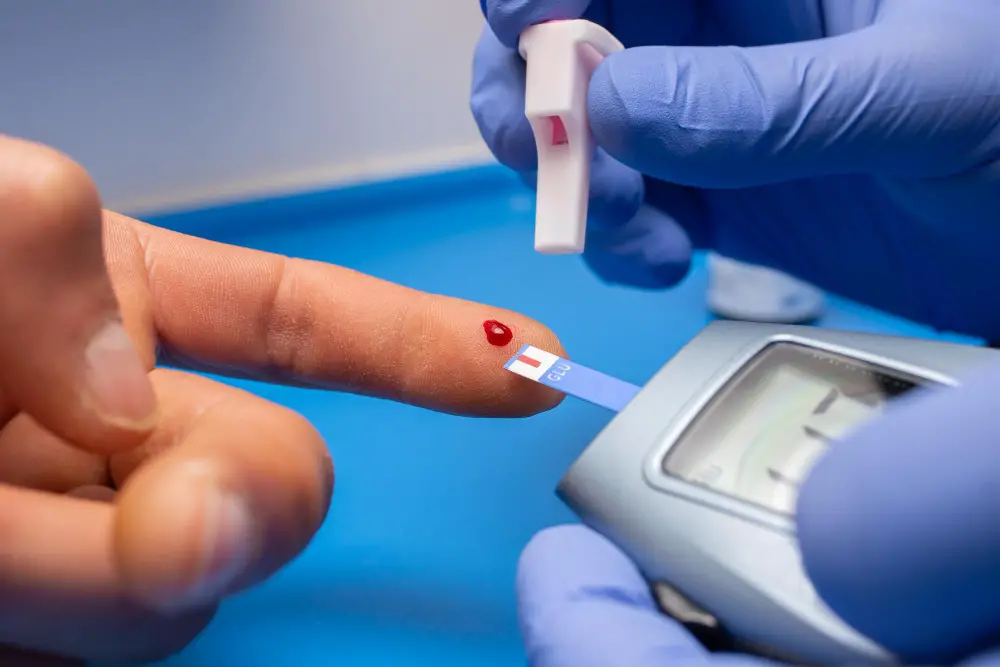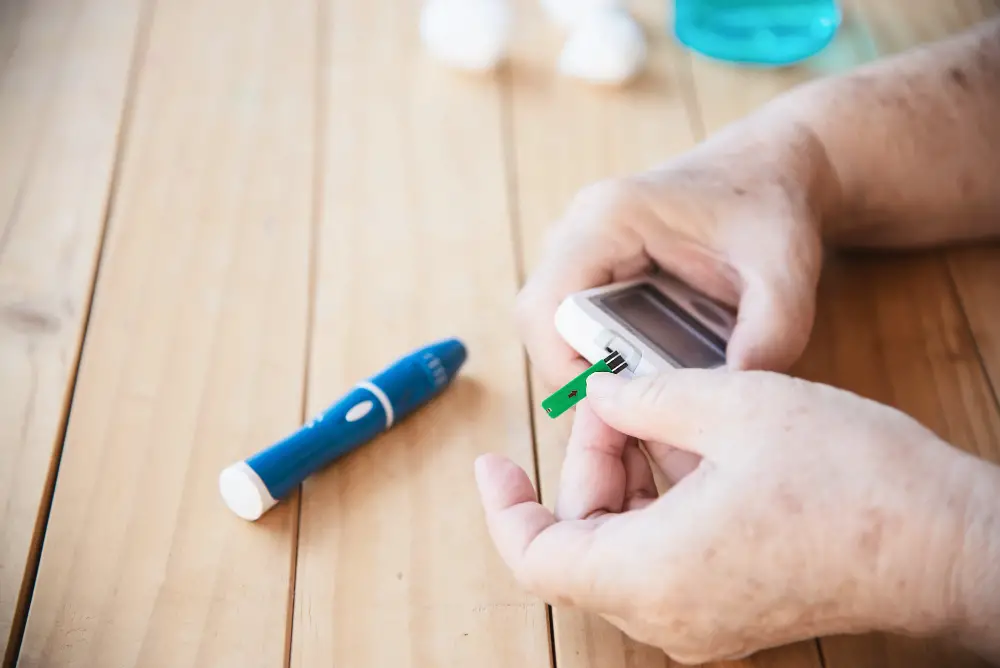
Diagnosing Heart Attack at Home- Is it Possible?
-
- Dr. Junaid Arshad
- December 7, 2021
- 0 comments
Table of Contents
Introduction
Heart Attack or Ischemic Heart disease remains the most common cause of death in the entire world.
Although the advances in medical science and cardiology are on the rise, the incidence of heart disease is equally increasing.
Ischemic heart disease or heart attacks cause 1.8 million deaths per year which makes 20% of total deaths in European countries.
Can You Diagnose Heart Attack at home?
It is not possible to diagnose heart attack at home. Even in specialized cardiac centers diagnosis of a heart attack sometimes requires multiple investigations to reach the final conclusion. The most initial test is EKG but quite often it is inconclusive and fails to confirm the diagnosis. In such cases, blood tests like troponin T/I & echocardiography are required for confirmation of a Heart Attack & none of these are usually possible at home.
6 Things you can do at home for Heart Attack
Recognizing the symptoms
You must know what symptoms are highly suggestive of a heart attack.
Pain due to heart attack has the following features:
A Central diffuse pain, that can be pointed out with one finger. Localized pain more towards the left side of the heart is less likely to be cardiac.
Pain explained as heaviness is typical for cardiac pain.
It worsens with exertion and relives with rest.
Other symptoms could be:
Apprehension
Nausea, sometimes vomiting
Sweating
Some patients might not have any of the typical symptoms.
This is true especially in diabetic patients, they usually feel chest discomfort along with apprehension and these symptoms can be easily confused with low blood sugar.
Therefore, a high level of suspicion of a heart attack should be there even with mild & nonspecific symptoms in diabetic and old age patients.
How to differentiate between Gas Pain & Heart Attack at home
Some times a heart attack can be mistaken for gas pain.
Both of them can have overlapping symptoms where it is hard to differentiate just based on symptoms.
Anginal pain also worsens after meal similar to gastric pain.
If the patient is a diagnosed case of stomach disorder than the pain is more likely to be of gastric origin.
Otherwise, its better to always consult a doctor and get yourself evaluated.
You cannot differentiate between the two at home.
Even your doctor needs some tests to reach the final conclusion.
Aspirin
If there is a high level of suspicion of heart attack, immediately give aspirin 300mg non-enteric coated tablet to be chewed and swallowed.
Aspirin, when given in a chewable form, is rapidly absorbed from the oral cavity to achieve the desired blood levels.
Be cautious if the patient is already allergic to aspirin.
Otherwise, even for a patient not suffering from a heart attack, there is no harm in giving aspirin.
benefit?
Relieving Anxiety
A heart attack usually accompanies severe anxiety.
Anxiety activates the sympathetic nervous system which increases the workload on the heart and can worsen the situation.
At home, all you can do is reassure the patient & try to calm him down.
Limit the mobility
Physical exertion increases the workload on the heart and can worsen your heart attack.
Therefore, it is crucial to limit the patient to bed.
Even if the patient needs to use the toilet, try to get it done at the bedside.
Use a wheelchair to move the patient to the ambulance or a car.
Check for Vital Signs
Checking for vital signs like pulse, blood pressure, & oxygen saturation can give an idea of the severity of the condition.
If you cannot check the blood pressure or oxygen saturation, just make sure that the patient is conscious awake and the pulse is palpable.
In case the pulse is absent and the patient is unconscious you need to perform immediate CPR.
Emergency Medical Services (EMS)
Contacting emergency medical services without any delay is the most important step.
Patients suffering a heart attack require diagnosis and management by experienced healthcare workers.
EMS can provide the following life-saving facilities:
- Peroform a 12-lead EKG in a pre-hospital setting & can help diagnose the heart attack and associated life-threatening complications like ventricular fibrillation.
- Can deliver shoch via defibrillator if required.
- Can send the EKG to the cardiac centers with Primary PCI fascility and can activate the concernd team before arrival to the hospital which can save time and help improve the outcomes.
Given below is a table showing EMS contact number of different countries.
| United States of America (USA) | 911 |
| Canada | 911 |
| United Kingdom (UK) | 999 |
| Austrailia | 000 |
| Pakistan | 1122 |
| India | 108 |
| Russia | 103 |
| China | 120 |
| Saudia Arabia | 997 |
| Ireland | 112 & 999 |
Can you stop or prevent Heart Attack at Home?
Once a patient has developed a heart attack there is no way you can stop it at home.
All you need to do is reach a cardiac setup with the facility of Primary PCI.
Early revascularization and fixing the blockage in the blood vessel of heart can help prevent further extension of damage to your heart muscles.
So time is a very important factor.
A common saying is ‘Time is muscle’.
Earlier the blockade in your blood vessels get fixed, the more benefit you get.
Ideal time window is 90-120mims from the onset of chest pain.
Prevention of a heart attack is possible only before the event has occurred & can be done by following the simple steps stated below:
- Maintain a healthy lifestyle.
- Take balanced diet.
- Avoid over eating.
- Quit smoking and alcohol.
- Maintain ideal body weight.
- Exercise regulalrly.
- Immediate conusltation with a cardiologist in case of mild symptoms.
Can You Survive a Heart Attack at Home
Yes a person can survive a heart attack even if he stays home and gets no treatment or receives just medical treatment at home. Although. the risk of mortality and heart failure in future increases several folds.
Studies have shown that the patients with heart attack (STEMI) treated with PCI or fibrinolysis have a 30-day mortality rate of 5-7% whereas patients who are just offered medical therapy and reperfusion (i.e.,PCI or fibrinolysis) is not done have a mortality of as high as 16-25%.
Similarly, when patients remain untreated they suffer a greater degree of damage to heart muscle and ultimately heart failure.
Heart failure itself increases the risk of mortality, causes life-threatening arrhythmias, & worsens the quality of life.
It is also one of the most common reason for hospitalization.
So, you might survive an Acute Heart Attack but still it has dreadful consequences in future & shortens the life expectancy.
Take Home
Home management of Heart Attack is neither possible nor recommended.
All that needs to be done at home is early recognition of symptoms, giving first aid, & immediately calling the emergency medical services (EMS).
Urgent intervention at a specialized cardiac setup can reduce mortality rate several folds.



